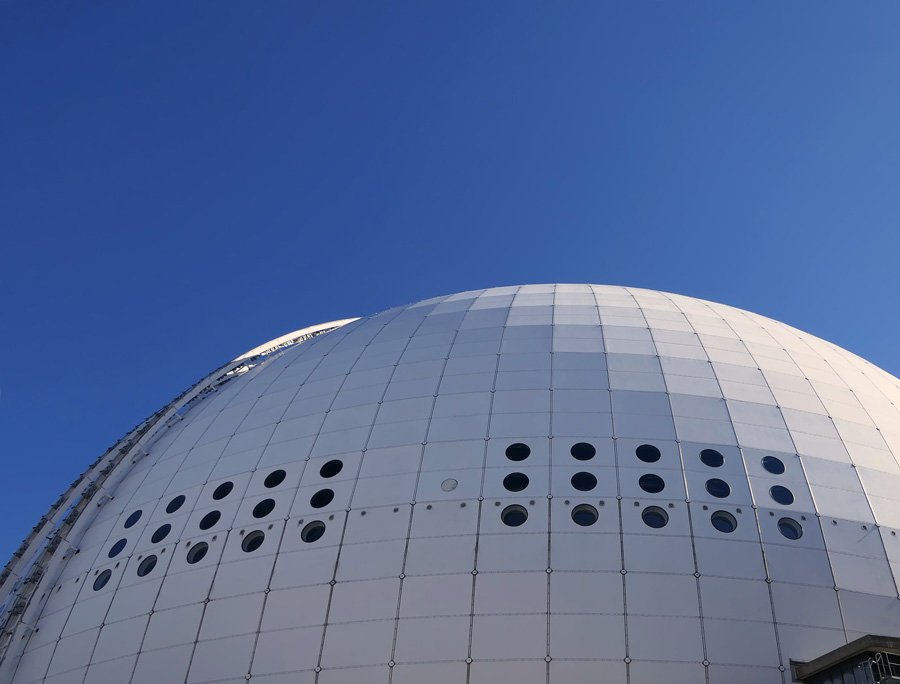Step into a time machine and travel back to the vibrant decade of the 1980s, where pastel-colored exteriors and innovative interior design ruled the world of architecture. The postmodernist movement, which began in the late 1970s, continued to dominate the scene throughout the 80s, shaping the look and feel of buildings during this era. So, what were the defining characteristics of 1980s postmodernist architecture? Let's take a closer look!
Starting with the exterior, 1980s postmodernist buildings often featured facades made of pastel-colored reconstituted stone, plaster, or wood, creating a whimsical and playful appearance. The roofs were typically hipped and covered with gray concrete pantiles, adding to the overall aesthetic appeal. Two-light windows with false sash bars attached to the glass were also common, giving the impression of a traditional sash window without the associated costs. The outside doors were usually made of painted wood, completing the overall look.
Typical 1980s Scandinavian exterior. Picture from Nordr.com
Moving on to the interior, 1980s postmodernist architecture was all about combining elements of the past with contemporary design. Engineered parquet flooring, linoleum, and tiles of imitation natural stone were the popular flooring options of the time, while white-painted paneled doors or painted flush doors were commonly used for interior doors. Antique-style brass door handles with separate key plates added a touch of vintage charm to the décor.
Freestanding, angular, metal stoves were a popular choice for fireplaces, adding a touch of modernity to the interior. For walls, white or light-colored wallpapers were the norm, while pastel colors were used extensively to add a pop of color. Porcelain lamps, rice lampshades, and large chrome standard lamps were the popular lighting choices of the time, illuminating the space with style and elegance.
When it came to furniture, 1980s postmodernist architecture was all about exclusivity and style. Freestanding and sculptural items were the order of the day, with mass-produced, chipboard furnishings also gaining popularity. Sectional sofas and leather sofas, glass tables, and accessories in colors like mint green, apricot, turquoise, and brilliant neon were all the rage. Mirror walls, ceiling fans, china figurines, basketwork chairs, frilly curtains, and waterbeds were other defining elements of the 1980s postmodernist interior design.
Bathrooms during this time featured marbled tiles and non-matching tiles with painted motifs, waterproofed floors and walls, and shower units. Kitchens were typically white and gray, with paneled cupboard doors, laminate work surfaces with a marble or terrazzo appearance, and the introduction of ceramic stovetops and microwave ovens.
In conclusion, 1980s postmodernist architecture was all about combining the traditional with the contemporary, creating a unique and playful look that defined the decade. From pastel-colored exteriors to exclusive and stylish furniture, this era left a lasting impression on the world of architecture and interior design.


